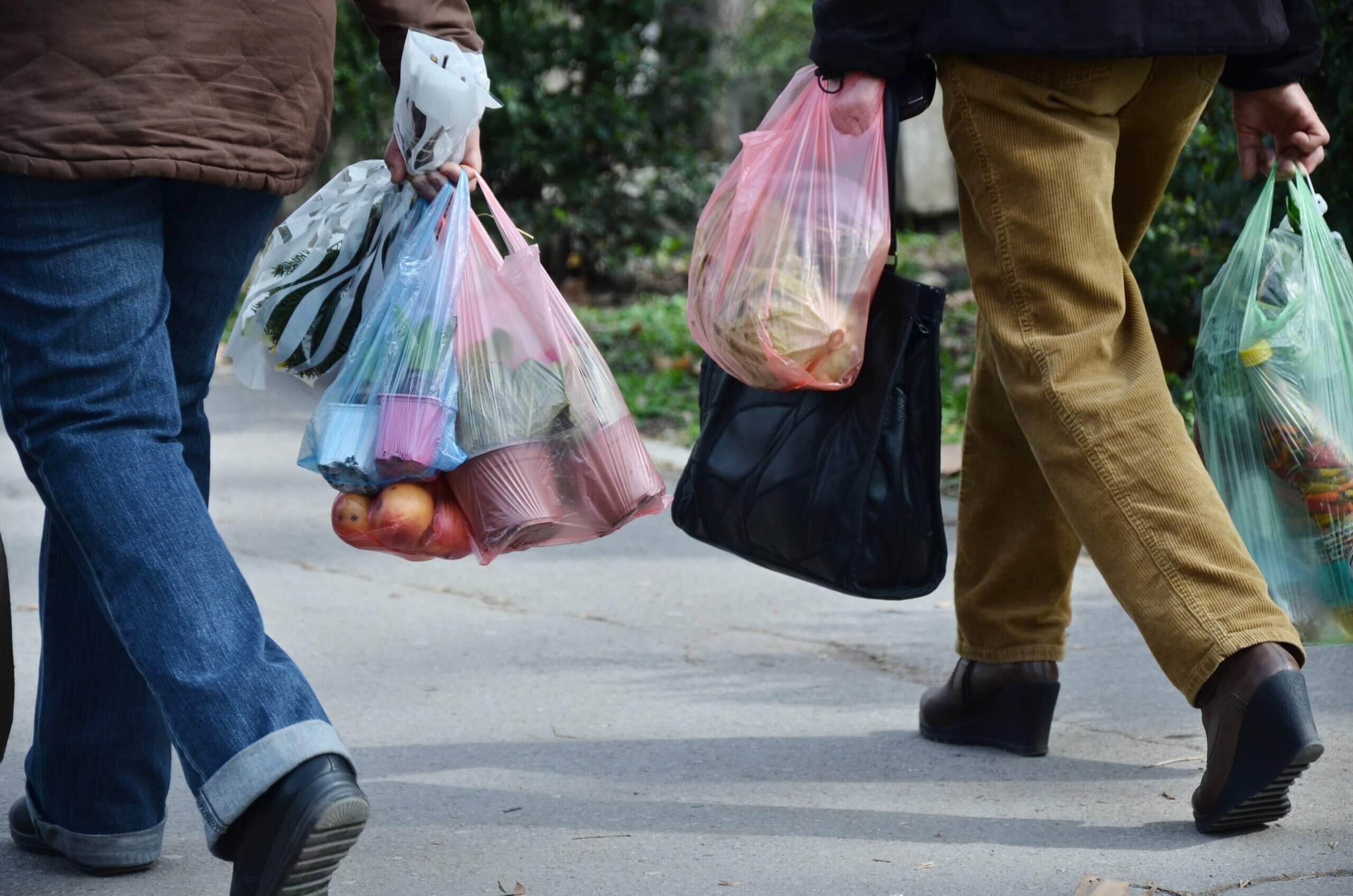
As the world continues to hone in on a more responsible re-use of plastic, building a robust circular economy, and eliminating pollutants and waste in the environment, governments have attempted to codify this pivot through policymaking that, in their view, is meant to alter recycling behaviors and meet goals to reduce emissions and said wastes. While the intentions are forthright, the outcomes are not: as is the case in this instance, with Canada’s new decision to ban certain plastics products.
In May 2021, the Canadian government usurped the authority of provinces and added plastic manufactured items to their Environmental Protection Act’s Schedule 1 “toxic” list. In mid-June 2022, the Canadian government announced that it would use that newly created authority to ban the import and manufacture of some single-use plastics, including takeout bags, cutlery, straws and food-service ware made from or containing plastics. The policy will come into effect in December 2022, and the sale of those plastic items will be prohibited in December 2023.
Again, while the intention of these policies is forthright—reducing plastic waste and addressing climate change—these actions will likely worsen waste problems and carbon emissions. With this new ban in Canada, not only will consumers believe that they are doing the “right” thing by purchasing a repeat-use plastic bag, but in turn, consumers are then causing the actual production of plastic to increase, and not in the form of a reusable plastic bag. In fact, a study from Texas A&M University and the University of Georgia recently found that banning single-use plastic items, like plastic carryout bags, forces consumers to use alternatives that aren’t necessarily better for the environment.
Multiple independent studies have shown that most plastic bags are used multiple times as trash can liners, pet cleanup bags or lunch bags. This reduces their environmental impact, especially compared to alternatives like paper or cloth bags, or even heavier-duty trash bags. By reducing access to these single-use bags, consumers are forced to rely on products that generate more emissions, use more resources to produce and are infrequently used more than once. The study also found that this transition increases the amount of plastic in waste streams, creating negative and unintended externalities that could worsen existing waste challenges.
Another recent study by environmental scientist Ken Green found that Canada’s announced ban will not only push consumer preference toward more environmentally harmful products but also harm the Canadian and U.S. economies. The United States and Canada are inextricably linked, especially in the trade of industrial products, plastics and packaging. Canada’s ban will likely have a negative impact on jobs in both countries, pushing smaller companies out of business and hurting the bottom lines of many others. Green’s study also takes on another key reason for the Canadian government’s actions: keeping plastics out of waterways. Yet, according to Green, the United States and Canada have a minuscule impact on waterway contamination, accounting for only 0.003% of the global plastic waste in waterways.
Through these studies and many more, it’s clear that increasing regulatory measures on producers, like banning certain products, is unlikely to have the intended positive environmental outcomes. Instead, such policies will be detrimental to the environment while also hurting the economy, including endangering job and revenue creation, especially at local levels.
Post-consumer plastics should never end up in the ocean and our waterways, but banning products that are vital to consumers’ lives is not a viable solution. Governments, including Canada, should instead focus on policies that incorporate insights from industry and invest in real solutions to address and repurpose plastic waste. Across the country, various Canadian provinces have proposed new programs and policies aimed at promoting product stewardship and Extended Producer Responsibility (EPR), with the goal of building the necessary infrastructure to increase recycling rates. With many of these policies slated to take effect in the coming years, it remains to be seen why Canada would move forward with banning products before the ink could dry on other policies that would build the necessary infrastructure to mitigate plastic waste without imposing undue burden on consumers and producers alike.
To craft a robust circular economy and minimize waste, policymakers must center their focus on bolstering recycling infrastructure and creating healthy end markets for post-consumer plastics—not creating new regulations that could ultimately do more harm than good.